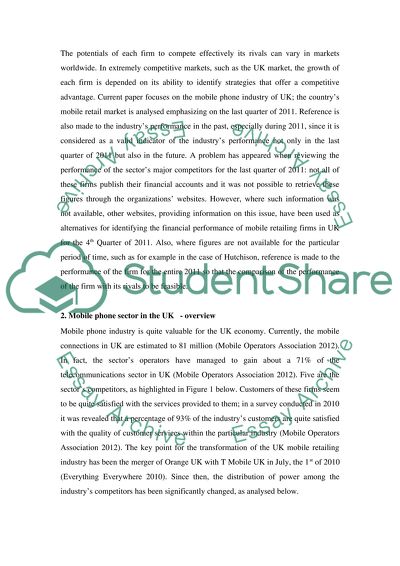Cite this document
(“Retail Market Analysis - Mobile Phone Retailing in the UK for the last Essay”, n.d.)
Retrieved from https://studentshare.org/marketing/1397840-retail-market-analysis-mobile-phone-retailing-in-the-uk-for-the-last-quarter-of-2011-october-december
Retrieved from https://studentshare.org/marketing/1397840-retail-market-analysis-mobile-phone-retailing-in-the-uk-for-the-last-quarter-of-2011-october-december
(Retail Market Analysis - Mobile Phone Retailing in the UK for the Last Essay)
https://studentshare.org/marketing/1397840-retail-market-analysis-mobile-phone-retailing-in-the-uk-for-the-last-quarter-of-2011-october-december.
https://studentshare.org/marketing/1397840-retail-market-analysis-mobile-phone-retailing-in-the-uk-for-the-last-quarter-of-2011-october-december.
“Retail Market Analysis - Mobile Phone Retailing in the UK for the Last Essay”, n.d. https://studentshare.org/marketing/1397840-retail-market-analysis-mobile-phone-retailing-in-the-uk-for-the-last-quarter-of-2011-october-december.


